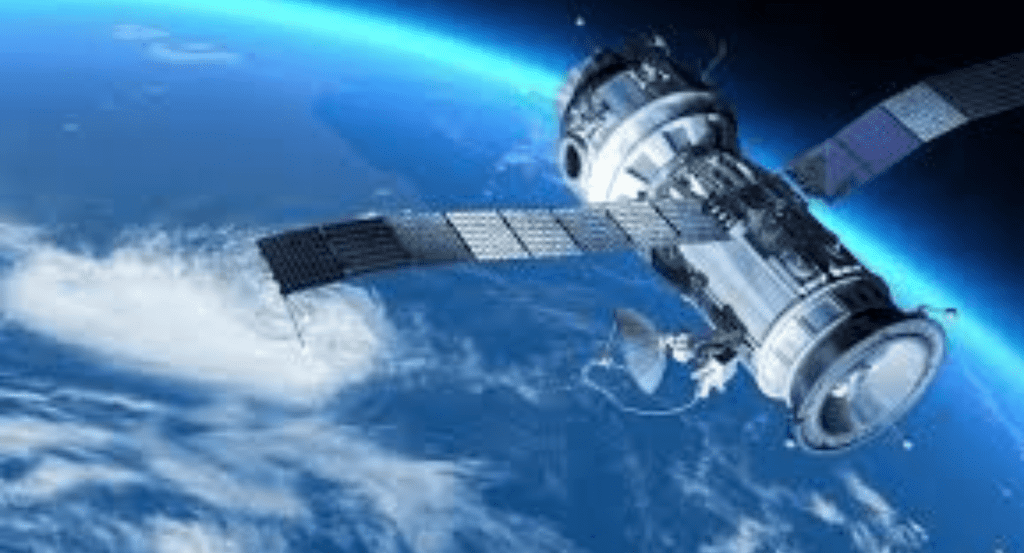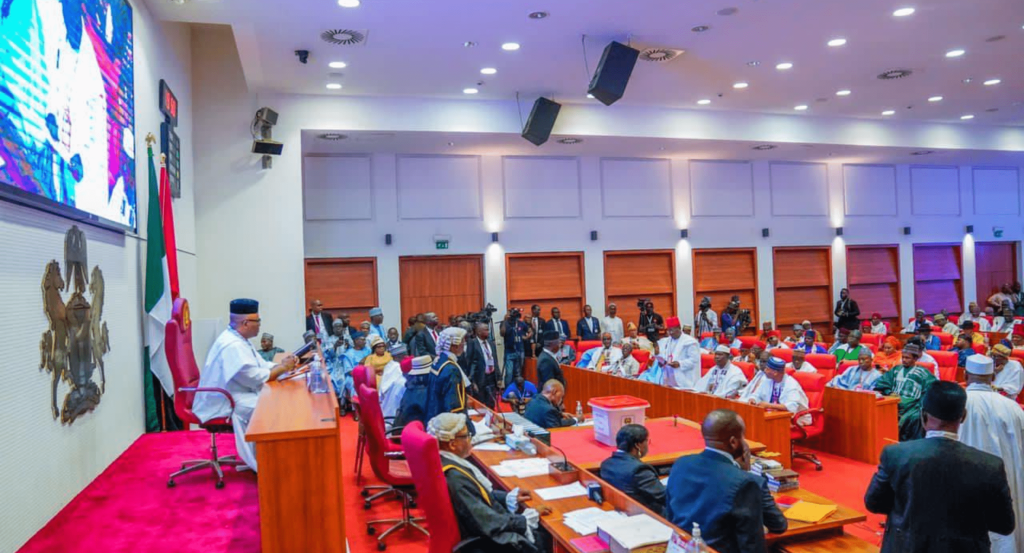Nigeria has officially launched a satellite monitoring system aimed at enhancing crop management and agricultural productivity. The initiative was announced by the Minister of Agriculture during a press briefing attended by stakeholders in the agricultural sector.
Overview of the Satellite Monitoring System
The newly adopted satellite technology will enable farmers and agricultural authorities to monitor crop health, soil moisture levels, and weather patterns in real-time. This data-driven approach is expected to significantly improve decision-making processes for farmers, allowing them to optimize inputs and mitigate risks associated with climate change and unpredictable weather conditions.
The Minister emphasized that satellite monitoring will provide crucial information to farmers, helping them identify areas that require irrigation, fertilizer application, or pest control. The system aims to enhance yields and ensure sustainable agricultural practices across Nigeria’s diverse farming regions.
Benefits for Farmers and the Economy
The implementation of satellite monitoring technology is projected to benefit millions of farmers by providing them with actionable insights that can lead to increased crop production. By leveraging this technology, farmers will be better equipped to manage their resources efficiently, potentially leading to higher income levels and improved food security.
This initiative is part of Nigeria’s broader strategy to modernize its agricultural sector and boost the nation’s economy. With agriculture being a critical component of Nigeria’s GDP, the government is committed to adopting innovative technologies to enhance productivity and competitiveness in both domestic and international markets.
Collaboration with Technology Partners
To facilitate the successful deployment of the satellite monitoring system, the Nigerian government has partnered with various technology firms and research institutions. These collaborations aim to provide training for farmers on how to effectively utilize the technology and interpret the data collected.
Additionally, the government plans to establish local support centers to assist farmers in integrating satellite data into their farming practices. These centers will serve as hubs for training and support, ensuring that farmers can maximize the benefits of the new technology.
Future Plans and Expectations
The Minister of Agriculture expressed optimism about the potential impact of satellite monitoring on Nigeria’s agricultural landscape. Plans are underway to expand the use of satellite technology to other areas of agriculture, including livestock management and fisheries.
As the initiative rolls out, the government will continuously assess its effectiveness and make necessary adjustments to improve the program. Regular feedback from farmers will be sought to ensure that the technology meets their needs and enhances their farming practices.
Conclusion
The adoption of satellite monitoring for crop management marks a significant step forward for Nigeria’s agricultural sector. By harnessing the power of technology, Nigeria aims to improve crop yields, enhance sustainability, and ensure food security for its growing population.



























